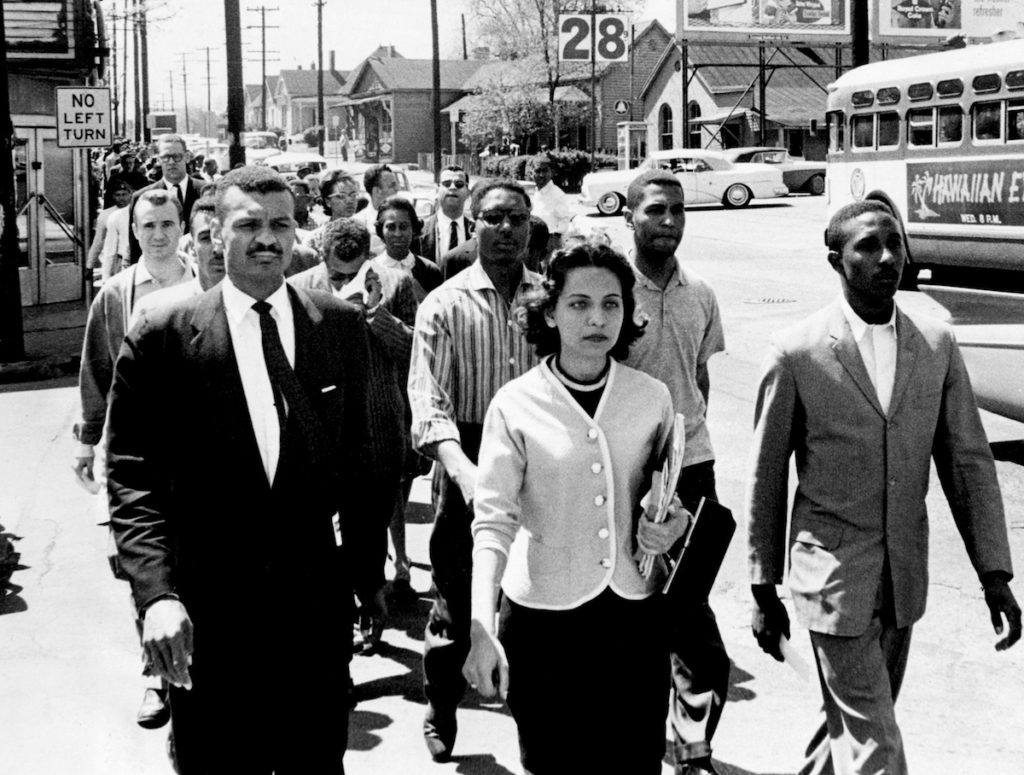
A nearly year-long investigation into Nashville’s Civil Rights-era bombings has uncovered new information in a decades-old cold case, the Metro Nashville Police Department announced Friday.
From 1957 to 1960, arsonists associated with the Ku Klux Klan bombed Hattie Cotton Elementary School at the start of integration, the Nashville Jewish Community Center and the home of civil rights attorney Z. Alexander Looby.
The findings of MNPD’s investigation points to the identity of a possible suspect in the attack on Looby’s home.
More: Why Nashville’s Civil Rights era bombings have never been solved
Detective Mike Roland of the department’s cold case unit found that two days before the bombing at Looby’s home, a photograph of a school-age girl had been left at the scene of a burglary in nearby Clarksville where “a large quantity” of dynamite had been stolen.
Roland identified the girl in the photograph, who is now 75 years old and lives outside of Tennessee. In a phone interview, she told Roland that she didn’t know about her photograph being found in Tennessee, but that she had an uncle who she described as “racist and very prejudiced.” He died in 1984 at the age of 63.
“Computer and telephone queries concerning this man provided little information on his background and no information placing him in Tennessee,” MNPD said in a statement. “Unfortunately, the question of how the photograph of a school girl from Ohio wound up at the dynamite burglary scene remains without a definitive answer.”
Mayor Freddie O’Connell initially called for the investigation based on the findings of the book, “Dynamite Nashville: Unmasking the FBI, the KKK, and the Bombers Beyond Their Control.” Nashville author Betsy Phillips uncovered a file believed to have been destroyed by the FBI, which showed that agents at the time had kept detailed notes on Looby’s comings and goings, but didn’t record anything about the threat on his life.
“So, that left me with this question of like, ‘If they had him under surveillance like this, how did they not know that this bombing was going to happen?’” Phillips told WPLN News. “How did this possibly catch them by surprise?”
It might not have been a surprise to the FBI, according to the bureau’s records and interviews with known bombers. Phillips’s research found that the FBI had multiple informants both within — and leading — the Tennessee Ku Klux Klan around the same time.
MNPD said that the lack of records or physical evidence, along with the age of surviving witnesses, means that only a confession or eye-witness account would lead to charges. The investigation will remain open but inactive, pending any new information.

